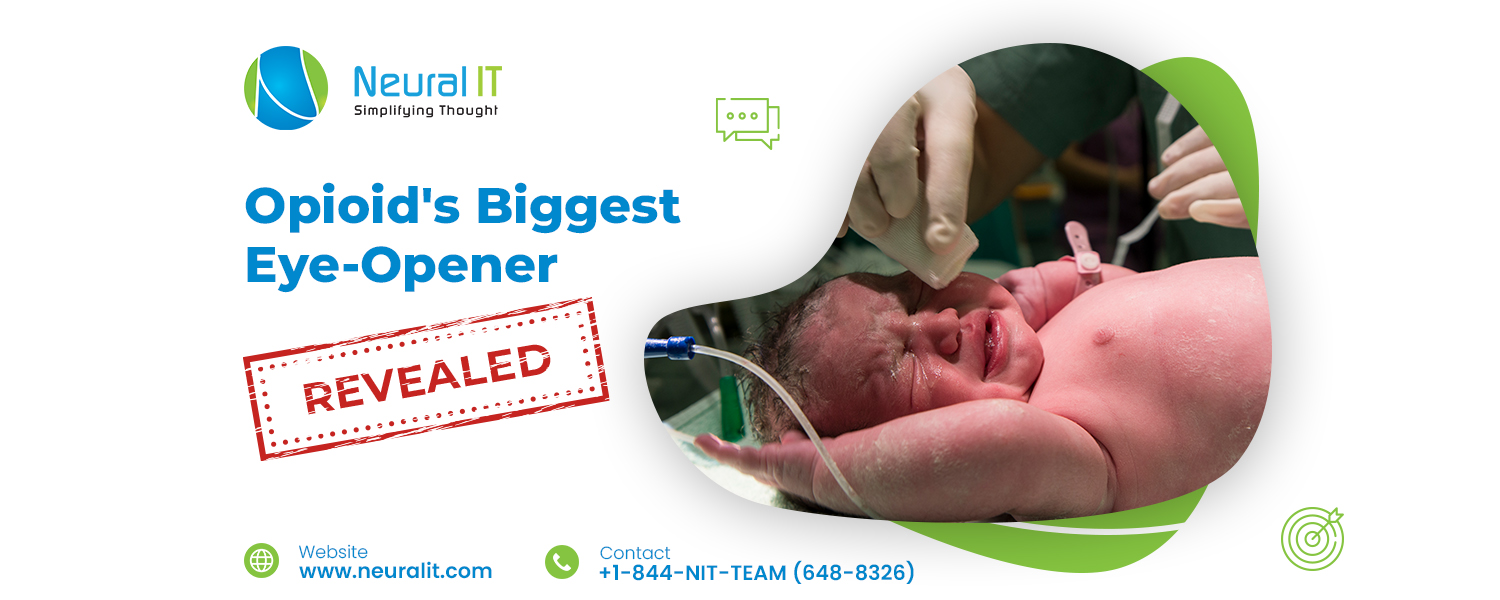Study: Opioid Use in Pregnancy May Shrink Newborn Brains
Study: Opioid Use in Pregnancy May Shrink Newborn Brains

Introduction
New research from Children’s National Hospital in Washington, D.C., reveals that infants exposed to opioids in the womb have significantly smaller brain volumes than those who were not exposed. The study found a 5% reduction in total brain volume among opioid-exposed infants, drawing attention to the lasting impact of the opioid epidemic on the most vulnerable population—newborns.
Opioid Use During Pregnancy and NAS
For years, it has been understood that pregnant women who use opioids are at risk of giving birth to infants with neonatal abstinence syndrome (NAS), a withdrawal condition affecting newborns exposed to drugs before birth. NAS can cause a range of symptoms including seizures, trouble sleeping, heightened reflexes, congestion, poor feeding, vomiting, and dehydration. While the physical withdrawal symptoms are well-documented, newer concerns focus on the long-term neurodevelopmental effects of opioid exposure during pregnancy.
Brain Volume and Structural Changes Identified
The recent study focused on the structural brain changes associated with prenatal opioid exposure. Researchers analyzed MRI scans from infants born between 2020 and 2023, as part of the Outcomes of Babies with Opioid Exposure study. A total of 173 pregnant women who had been exposed to opioids—including medications used to treat opioid use disorder like methadone and buprenorphine—were compared to a control group of 96 pregnant women with no such exposure.
MRI results performed within the first year of life revealed significant reductions in brain volume among opioid-exposed infants. These reductions included total brain volume, as well as specific areas such as cortical gray matter, deep gray matter, white matter, cerebellum, brainstem, and both the right and left amygdala.
Key Volume Comparisons
The data showed opioid-exposed infants had an average total brain volume of 387 cm³ compared to 407 cm³ in the control group. Cortical volume was also lower in the exposed group, measuring 167 cm³ versus 176 cm³ among infants with no exposure. Importantly, the study also demonstrated that even exposure to medications used to treat opioid addiction—namely methadone and buprenorphine—contributed to smaller brain regions.
Infants exposed to methadone in utero had a reduced white matter volume (155 cm³) compared to the control group (166 cm³). Those exposed to buprenorphine had smaller right amygdala volume, measuring 0.51 cm³ versus 0.55 cm³ in non-exposed infants. These differences were consistent across other brain regions, including the cerebellum, deep gray matter, and brainstem.
Polysubstance Exposure Leads to Greater Reductions
The findings were even more pronounced among infants exposed to multiple substances in addition to opioids. In these cases, a broader range of brain regions showed reduced volume, suggesting that combined substance use may compound the neurodevelopmental risks.
Implications for Infant Health and Development
Based on these results, the researchers concluded that prenatal opioid exposure impairs regional brain growth, possibly setting the stage for long-term developmental and neurological issues. The study highlights the sensitivity of the developing brain to toxic substances like opioids and raises concern that smaller brain volumes may serve as early indicators of neurodevelopmental dysfunction later in life.
This insight may be crucial for clinicians aiming to identify and monitor at-risk infants, enabling earlier interventions and support for affected families. Pediatricians could use this information to guide screening efforts for neurodevelopmental conditions and connect families with appropriate therapies and resources.
Broader Health Risks from Prenatal Opioid Exposure
In addition to impaired brain development, opioid exposure during pregnancy has been associated with a range of adverse outcomes. These include poor fetal growth, preterm birth, stillbirth, and birth defects such as cleft palate and clubfoot. Developmental delays and behavioral disorders may also occur as the child grows.
A related study from Vanderbilt University Medical Center found that infants born to mothers with opioid addiction have a higher risk of dying within their first year of life. Furthermore, 2024 data indicates that prenatal opioid exposure raises the risk of conditions such as epilepsy, ADHD, depression, and other mood and neuropsychiatric disorders, underscoring the urgent need for preventive care and early intervention strategies.
Latest News
Study: Opioid Use in Pregnancy May Shrink Newborn Brains
New research from Children’s National Hospital in Washington, D.C., reveals that infants exposed to opioids in the womb have significantly smaller brain volumes than…
Paraquat MDL Settlement Reached in Parkinson’s Lawsuits
According to newly filed court documents, a settlement agreement has been reached in the Paraquat multidistrict litigation (MDL), which could potentially resolve thousands of…




